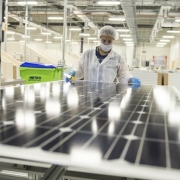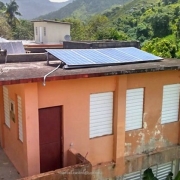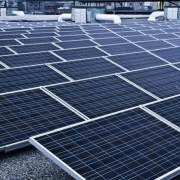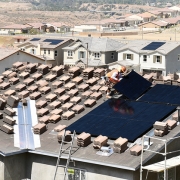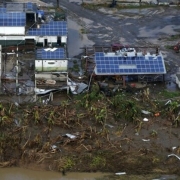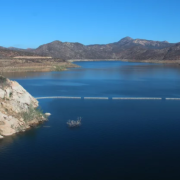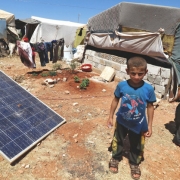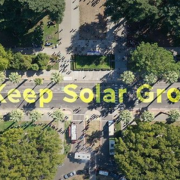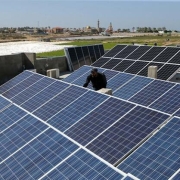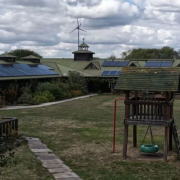Starting immediately, solar panel assembly company Mission Solar Energy will expand its manufacturing capacity in Texas to 1 GW. The company currently operates a 200-MW annual capacity plant in San Antonio at a mixed-use community located on the former Brooks Air Force Base. Mission Solar will increase capacity at its existing site situated on 86 acres and expects to reach its 1-GW goal by 2024.
“By 2035, solar installations are expected to quadruple from current levels. At present, 4% of the electricity fed to American energy grids is generated by solar. The U.S. aims to have 40% of its electricity generated by solar technology by 2035. These are exciting opportunities for us as a company. Additional motivated team members will be needed to help us build a greener future,” said Jae Yang, President and CEO of Mission Solar Energy.
Click here to read the full article
Source: Solar Power World
—
If you have any questions or thoughts about the topic, feel free to contact us here or leave a comment below.

